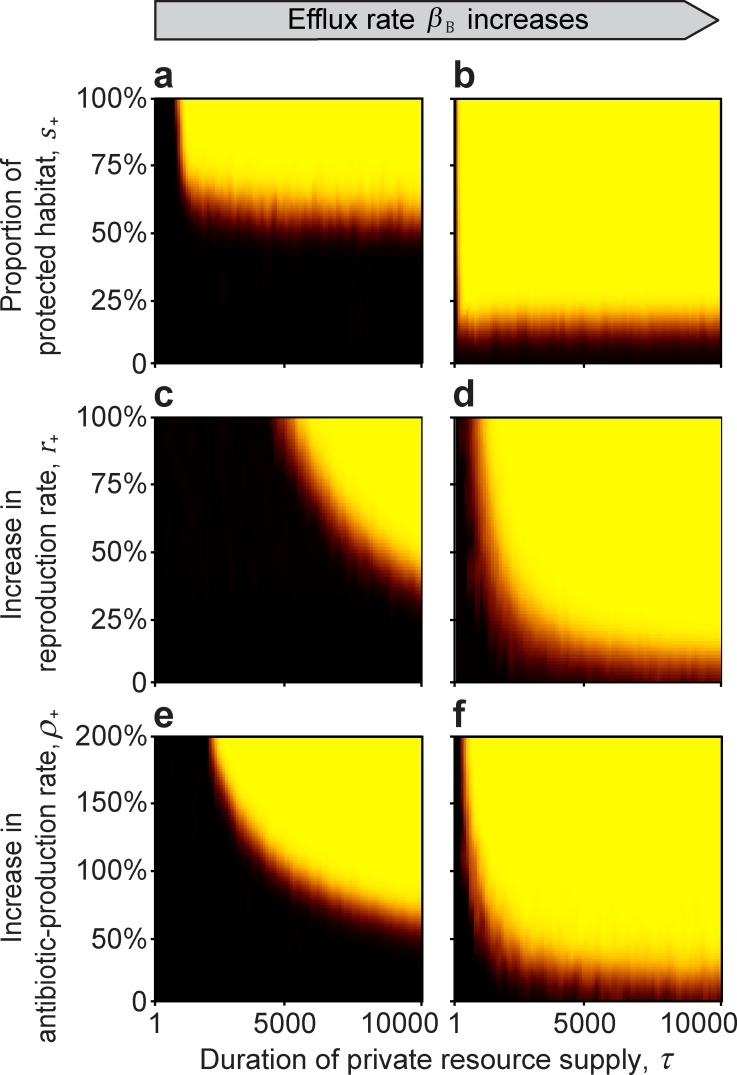Fig 2. The effect of a private resource supplied by the host for a limited time τ (Invasion test 1).
Black areas indicate parameter space where the non-producing parasitic strain can invade, and the yellow shading indicates that the beneficial strain is able to resist invasion. Orange to red colours indicate mixed outcomes. In general, the beneficial strain dominates over a larger proportion of the parameter space as the duration of the private resource supply lengthens, regardless of whether the beneficial strain enjoys outright protected growth (a, b), an increased rate of population growth (c, d), or an increased rate of antibiotic production (e, f). The efflux of accumulated intracellular antibiotic in the antibiotic-producing beneficial strain also aids beneficial-strain dominance (βB = 0 for a, c, e, and βB = 0.25 for b, d, f). Simulations were run with 5 replicates for 100 000 generations or until the population was homogenous. Model parameters are: rB,0 = 0.8, rP,0 = 0.8, c = 0.1, ρB,0 = 1, αB = 0.5, αP = 0.5, βP = 0, γB = 0.4, γP = 0.4, φ = 0.3, D = 5, a = 1, T = 1, k = 25, N = 10 000, nB,0 = 100, nP,t = 10, κ = 1 f = 0.01, Δt = 1/10, u = 100, ε = 0.01, and r+ = 0, s+ = 0, ρ+ = 0 when applicable.

